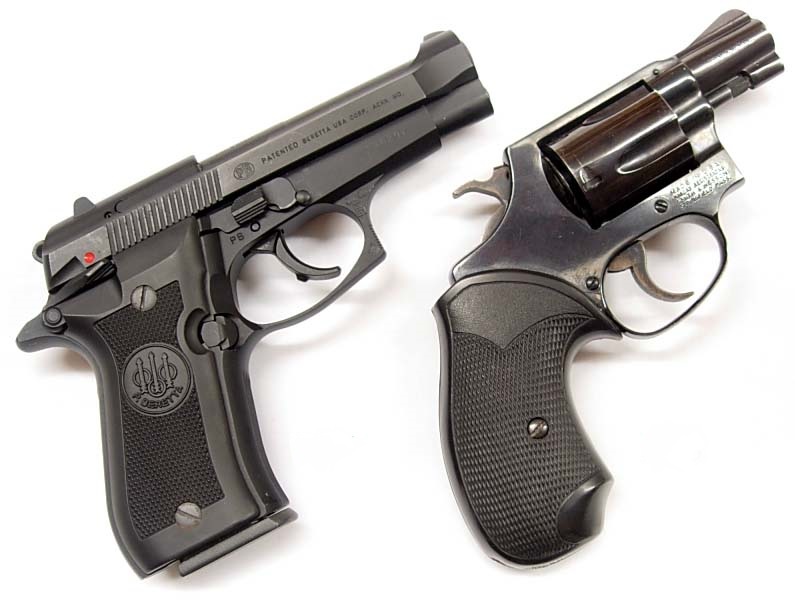What kind of gun do you have?
A 9mm.
This is a common issue for instructors who are helping students troubleshoot their gun issues. Many people don’t know how to answer the question above. But without knowing the type of firearm, there’s very little an instructor can do to help. So here is a quick breakdown on relevant information experts are looking for in order to help with your gun troubles.
First, think of your gun like a car. If someone asked what you’d drive, no one would answer 150hp. Knowing the type of engine doesn’t help much. In a go-cart that is pretty powerful, while 150hp in a full-size truck is nothing impressive. To tell someone who has never seen your vehicle what you drive, you need to give several pieces of information.
Ford, Dodge, Chevy, Toyota, other? Truck, SUV, car, motorcycle? Manual or automatic transmission? 4 door, 2 door, extended cab? V4, V6, V8? Horsepower? Color? All of this is relevant. So here’s a quick rundown of things to include when telling someone what kind of gun you have.
Manufacturer
In any industry, it helps to know the manufacturer. Every maker has their own unique way of building and features. Some are domestic, some imported. The quality and focus will vary. In a vehicle, you may consider a Ford or a Dodge or a Chevy. A Harley or a Yamaha. A Prius or Toyota or Mazda. You get the drift.
For a gun, you might buy a Glock or a Ruger. A Smith & Wesson or a Sig Sauer. A Beretta or a Taurus or a Remington or Springfield. The list goes on and on.
Style
Vehicles come in all shapes and sizes for different purposes. Trucks for hauling. SUVs for versatility. Off-roaders for extreme use. Coupes and motorcycles for compact speed.
Guns do the same. Full size have more heft, better recoil absorption and more round capacity. Sub-compact are light and easy to carry and conceal. Mid-size guns can provide a compromise between convenience and comfort. Double-stacked magazines provide more ammunition but make the gun bulkier.
Power
Then come engine considerations. How much power is there? What is that power trying to move? As we noted above, a big engine in a small car is not the same thing as a big engine in a big truck–and vice versa, a small engine in a large truck has a very different effect than in a small car. A small engine in a large truck is slow and plodding, a big engine in a small car creates a high performance vehicle that is a ridiculous amount of work to control.
In guns, power is denoted by caliber. A large caliber in a small gun is very hard to control, a small caliber in a large gun is extremely pleasant to shoot. A compact 9mm will likely have different issues than a full-size 9mm. A full-size .22 is likely to be a competition gun that’s very comfortable and easy to use, while a subcompact .40 is an ornery beast whose only real benefit is the concealability.
What Do You Have?
I would never jump straight to giving my engine power when telling someone about my vehicle, so I shouldn’t open with power for my gun either. For a vehicle, I would likely say I have a Ford Focus 4-door 160hp. Or a Chevy Trailblazer 137hp. Or a Honda Civic 2-door 205hp. And in many cases, I wouldn’t include the horsepower at all, since that’s a secondary concern. The amount of power can be relevant, but it’s rarely the most important issue when troubleshooting.
Same for guns. A Glock 19 9mm. A Smith & Wesson, M&P .380 EZ. A Ruger LC9. A Sig Sauer 365 9mm. When an instructor asks for your type of gun, the more information you can give them, the better they can answer.
